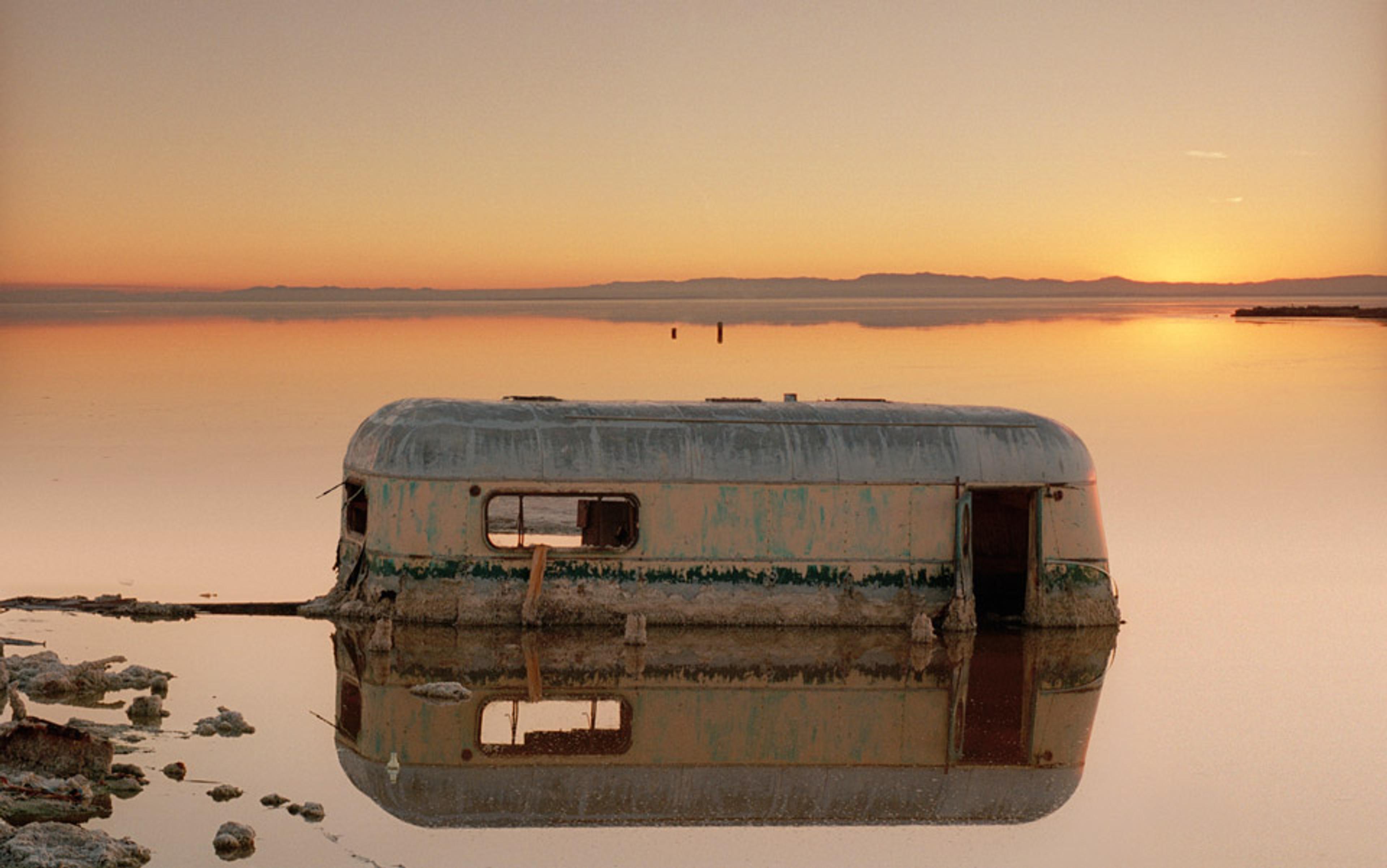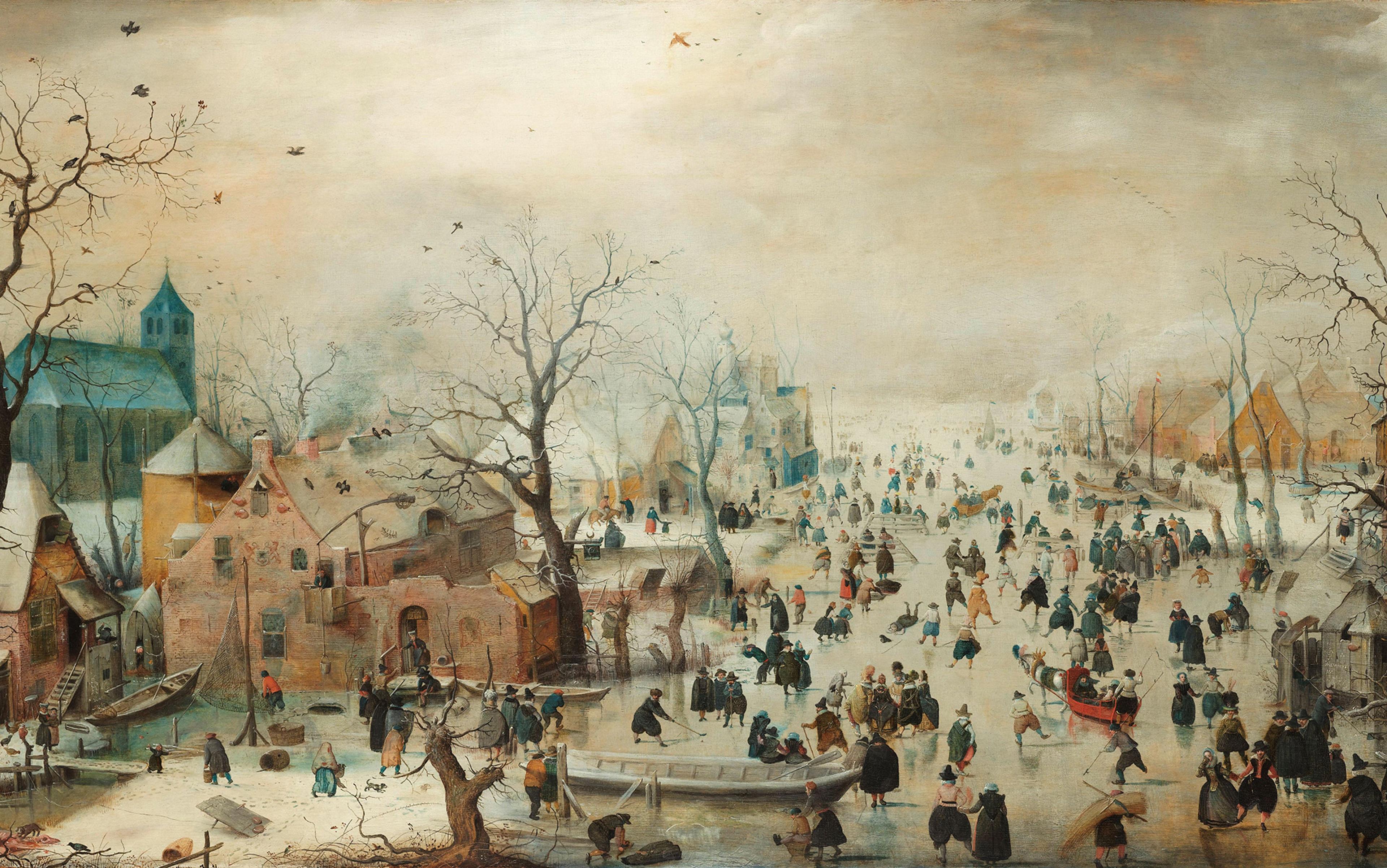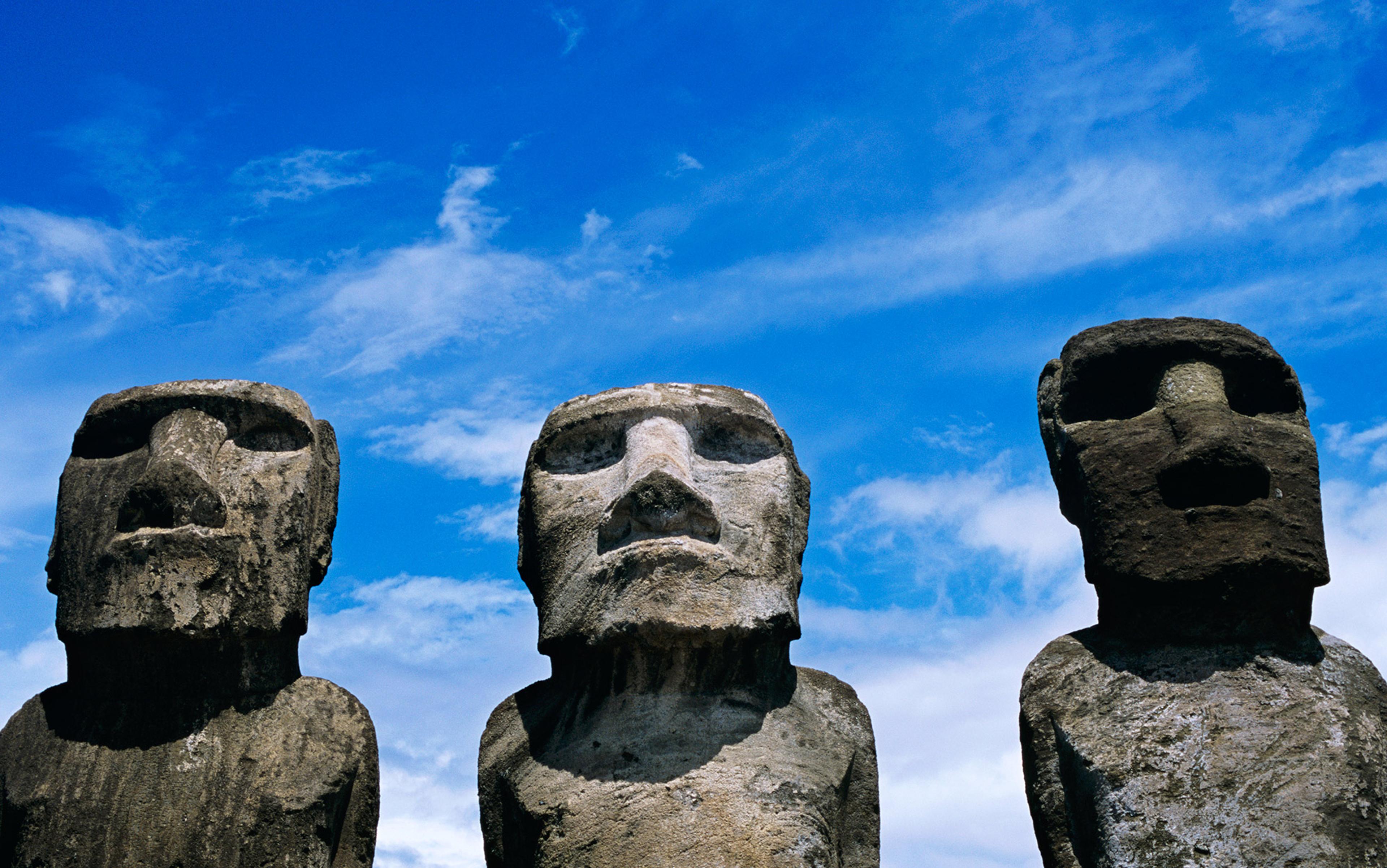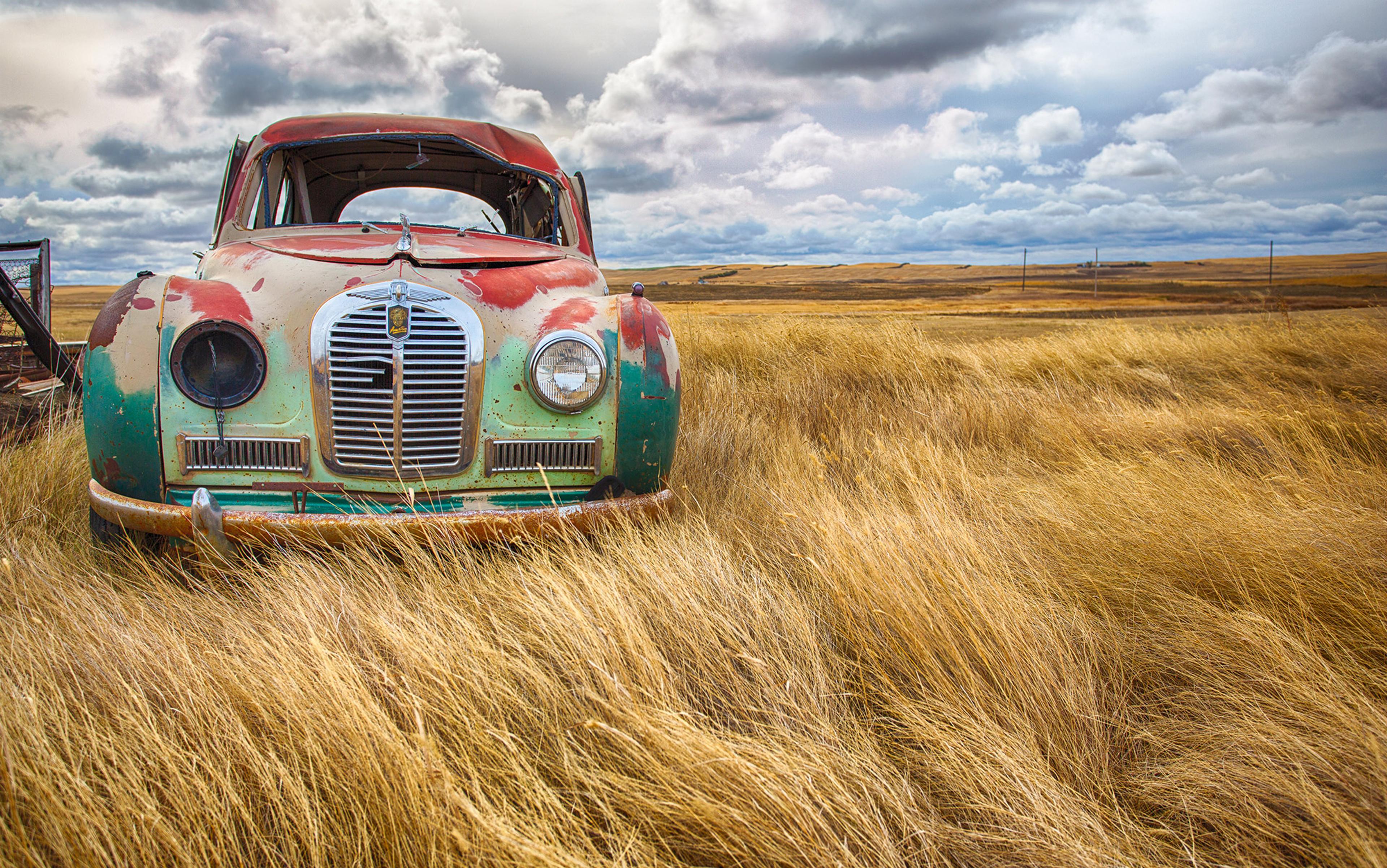I stare out the window from my tiny flat on the 300th floor, hermetically sealed in a soaring, climate-controlled high-rise, honeycombed with hundreds of dwellings just like mine, and survey the breathtaking vistas from my lofty perch more than half a mile above ground: the craftsman cottages with their well-tended lawns, the emerald green golf courses, the sun-washed aquamarine swimming pools and the multimillion-dollar mansions that hug the sweeping sands from Malibu to Palos Verdes. These images evoke feelings of deep nostalgia for a Los Angeles that doesn’t exist anymore, back in the halcyon days before my great-grandparents were born, when procreation wasn’t strictly regulated and billions of people roamed freely on Earth.
There are only about 500 million of us left, after the convulsive transformations caused by climate change severely diminished the planet’s carrying capacity, which is the maximum population size that the environment can sustain. Most of us now live in what the British scientist James Lovelock has called ‘lifeboats’ at the far reaches of the northern hemisphere, in places that were once Canada, China, Russia and the Scandinavian countries, shoehorned into cities created virtually overnight to accommodate the millions of desperate refugees where the climate remains marginally tolerable.
What I ‘see’ outside my window is an illusion, a soothing virtual imitation of a world that once was, summoned by impulses from my brain. Yet the harsh reality is unsettling. As far as the eye can see, what’s left of civilised society is sheathed in glass – the ribbons of highways ferrying the bullet trains that encircle megacities where millions cram into skyscrapers hundreds of stories high; the vast tracts of greenhouses covering chemically enhanced farms where fruits and vegetables are grown and livestock graze; and even the crowded subterranean villages artificially lit to mimic the experience of walking outside on a sunny, spring day.
Before the seismic shocks of the great upheavals, people’s movements were unfettered, and they could breathe unfiltered air, roam in the woods or simply watch their kids play soccer outdoors. Today, the unprotected strips of land exposed to the elements are forbidden zones, plagued by drenching rains with howling 100-mile-an-hour winds, alternating with fierce dust storms, the deadly soil tsunamis that rumble up from the deserts that blanket what used to be the United States. When there is a break in the wild weather, the scorching sun relentlessly cooks the atmosphere to temperatures of 180 degrees or more by midday, making it impossible to step outside without body armour and oxygen tanks.
Our political structures have shifted, too. The religious and sectarian violence that dominated much of humanity’s history, in places such as the Middle East, Africa, southern Europe and even the US, are a relic of history, mainly because those parts of the world no longer exist. Autocratic nations such as China and Russia weathered the climate calamity best because they imposed the Draconian measures – closing borders to desperate migrants, rationing water and food, forcing relocation of millions. ‘Countries will fortify themselves against what they see as invaders, making it more likely that authoritarian states, like China, with all their bad properties will wind up winning,’ says Erik Conway, a science historian at Caltech and co-author with Naomi Oreskes of The Collapse of Western Civilization: A View from the Future (2014).
This might sound like a fevered nightmare, but climate change has triggered the collapse of advanced civilisations dating back nearly 3,000 years. Around 1200 BCE, a perfect storm of calamities – including earthquakes, famines, and a drought that lasted 150 years or more – set in motion the breakdown of the late Bronze Age kingdoms clustered around the eastern Mediterranean in an area that includes much of what is now Greece, Israel, Lebanon, Turkey and Syria. Archaeologists have unearthed persuasive evidence that part of the world experienced vibrant economic growth and cultural and technological advances for more than three centuries. These ancient societies – from the Mycenaeans and Minoans to the Hittites, Assyrians, Cypriots, Canaanites and Egyptians – were intimately interconnected, exchanging the services of physicians, musicians and artisans. Their well-developed trade routes transported goods and natural resources, especially commodities such as tin, essential for making bronze.
But a 2012 study revealed that surface temperatures of the Mediterranean Sea cooled rapidly during the years around 1200 BCE. Archeological records suggest this precipitated a severe drought that led to food shortages, mass migrations, and internal rebellions by poor and agrarian peasants. Ultimately, the major cities of these once-thriving Bronze Age societies were destroyed by invading armies likely fleeing their own drought-stricken homelands, prompting the loss of culture, languages and technologies. The result was the first Dark Ages – the late-Bronze Age crash – when these once-sophisticated and complex societies ceased to exist. It took centuries to recover and rebuild.
‘It was a globalised society for its time, and everyone was in contact with and dependent on everyone else,’ says Eric H Cline, an archeologist and anthropologist at George Washington University, and author of 1177 BC: The Year Civilization Collapsed (2014). ‘As a result you get a domino effect, when one culture goes down you get a cascade that affects everyone else. Egypt survived because they were better able to prepare but it was a Pyrrhic victory because all their trading partners were gone. The entire known world went down within a century.’
The extreme weather shift was behind most of the crises of the 17th century: flooding, drought and famine leading to civil unrest, rebellions and war
It’s also instructive to look back at the last time Earth was inhabited by 500 million humans, in the 17th century, coincidentally also a time of tremendous climate-induced upheavals. This is considered the Early Modern period of Europe – think Newton, Rembrandt, Galileo and Louis the XIV. The parallels between what happened then and the challenges facing us today are remarkably similar. Historians have called this era the General Crisis because wars raged almost non-stop across the globe, including the Thirty Years War, and the collapse of the Ming Dynasty in China and the Stuart monarchy in England.
But it was also the century when the Little Ice Age was most intense, leading to a cooling of the entire planet, although it was felt most keenly in the northern hemisphere where most people lived. The extreme weather shift was behind most of the crises that occurred during the 17th century: colder weather, with many more episodes of storm-generating El Niños, contributed to flooding, crop failures, drought and famine, leading to civil unrest, rebellions and war, according to the British historian Geoffrey Parker, author of Global Crisis: War, Climate Change and Catastrophe in the 17th Century (2013). The prolonged crisis weakened once-dominant states such as Spain, Russia and the Ottoman Empire, and left about a third of the population dead. ‘Certainly, the Global Crisis ended prematurely the lives of millions of people, just as a natural catastrophe of similar proportions today would end prematurely the lives of billions of people,’ Parker says.
The difference here is that previous societies were at the mercy of Mother Nature, says Cline. ‘It remains to be seen if we will be the cause of our own collapse. Every civilisation that came before us has eventually collapsed. Why do we think we’re immune?’
It seems like hubris to think we can somehow save ourselves through Lovelockian lifeboats strung across the landscape, given the extent of the damage some experts believe we will wreak. Climate models predict temperatures could rise by four degrees Celsius (7.2 degrees Fahrenheit) or more by the end of this century, a level that Kevin Anderson of the UK’s Tyndall Centre for Climate Change Research described as ‘incompatible with any reasonable characterisation of an organised, equitable and civilised global community’.
‘We will see temperatures higher than any known during human civilisation – temperatures that we are simply not adapted to,’ says Heidi Cullen, chief scientist for the NPO Climate Central in Princeton, and author of The Weather of the Future (2010). ‘With each passing year, our “new normal” is being locked in with the full impacts arriving towards the latter part of this century,’ she says. ‘It’s hard for us to imagine that large parts of the planet would be unlivable outdoors.’
An increase of seven degrees Fahrenheit would see mass migrations from some of the most humid places on Earth – the Amazon, parts of India, northern Australia. Rising sea levels of four feet or more and ferocious storms would flood coastal cities from Tokyo to Mumbai, and submerge low-lying areas such as Bangladesh and Florida, displacing millions. Earth’s most populated areas, that belt of land extending from central China and most of Europe, Africa, Australia, the US and Latin America, would be parched by this century’s end, drying up surface water and killing crops that hundreds of millions depend upon for survival. Nearly half the world’s population, almost 4 billon people, could be enduring severe water scarcity and starvation, numerous studies suggest.
The planet will continue to heat up, triggering feedback loops of runaway climate change, until we can kiss most of civilisation goodbye
Scorching heat waves and cataclysmic fires will spark food riots, famine and mass migrations of millions. An explosion in insects will trigger widespread outbreaks of typhus, cholera, yellow fever, dengue, malaria and a host of long-dormant or even novel pathogens, unleashing epidemics reminiscent of the Black Death which killed as many as 200 million people in the 14th century. Once-teeming metropolises would become watery ghost towns: Picture Manhattan, Tokyo, São Paulo underwater, sparsely populated colonies of hardy survivors who eke out vampire-like subterranean existences, emerging only at night when the temperatures dip into the low triple digits.
Worse yet, temperatures won’t conveniently stabilise at just seven degrees of warming – Earth’s climate won’t reach a new equilibrium for hundreds of years because of all the heat trapping carbon dioxide that’s already been dumped into the environment. ‘We have only felt a fraction of the climate change from the gases already in the atmosphere,’ said James Hansen, a leading climatologist and director of the Earth Institute at Columbia University, recently. ‘Still more is in the pipeline because the climate system has enormous inertia and doesn’t change that quickly.’ The planet will continue to heat up, triggering feedback loops of runaway climate change, until we can kiss most of civilisation goodbye.
As we move into the 22nd century, tropical rain forests – the lungs of the planet – could be enveloped by desertification while alpine forests will be ravaged by fires. In a 2014 paper in Science, the biologist Rodolfo Dirzo at Stanford University and colleagues predicted that we are on the verge of the planet’s sixth mass extinction event, which could wipe out as much as 90 per cent of the species on Earth. The birds and animals that roam the equatorial belt will be gone forever. Australia will revert to a blazing desert once more, empty of humans. The island chains in the South Pacific, from Hawaii to Fiji, will be swallowed by the oceans.
Despite all this, history offers a game plan for our species to survive. In analysing his copious research, Parker came to a startling conclusion: the deprivations of the 17th century laid the basis for the welfare state that became the ‘hallmark of all economically advanced states’ by the 19th century. ‘In the 21st century, as in the 17th, coping with catastrophes on this scale requires resources that only central governments command,’ he notes in his book. ‘Despite the many differences between the 17th and the 21st centuries, governments during the Little Ice Age faced the same dilemma… [they ultimately realised] that, in the long run, it was economically cheaper and more efficient (as well as more humane) to support those who became old, widowed, ill, disabled or unemployed, thus creating the first “welfare state” in the world.’
Likewise, we are too technologically advanced – and, one hopes, too socially sophisticated – for the doomsday scenarios some foresee. Instead of fighting it out in barbaric, Mad Max-style, dystopian colonies reminiscent of the American West, humanity’s 500 million remaining souls, fed by artificially concocted edibles or even a 23rd century version of Soylent Green, will no doubt be crammed into towering high rises in dense urban areas creating their culture anew atop the world.






